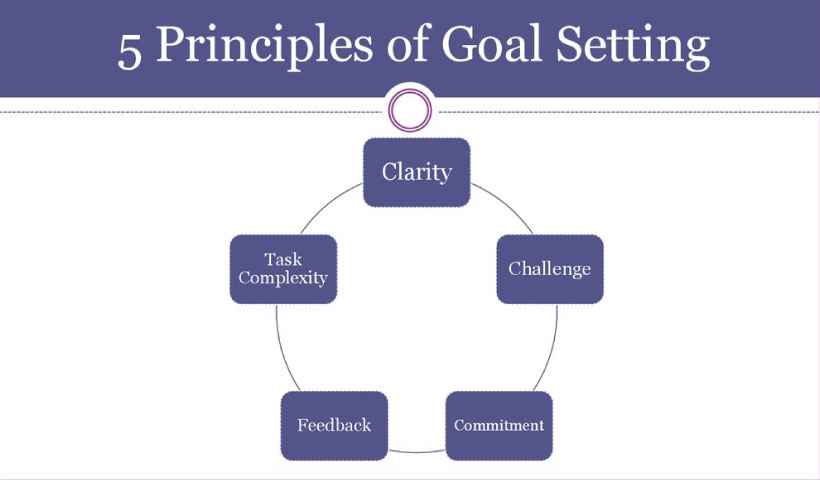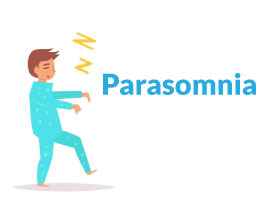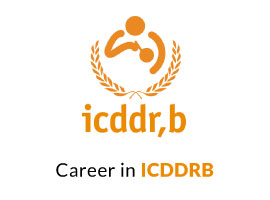The Goal Setting Theory of Motivation is a psychological theory developed by Edwin A. Locke and Gary P. Latham in the 1960s and 1970s. It posits that setting specific and challenging goals can significantly enhance an individual's motivation and performance. According to this theory, goals serve as a powerful tool for directing and energizing behavior, leading to increased effort and persistence towards accomplishing the desired outcomes.
The theory is built on several core principles:
1. Goal Specificity: Goals should be clear, well-defined, and specific. Vague or general goals are less effective in motivating individuals than precise and measurable objectives.
2. Goal Difficulty: Challenging goals tend to lead to higher levels of motivation and performance than easy or trivial goals. However, the difficulty of the goal should be attainable and realistic to avoid overwhelming or demotivating the individual.
3. Goal Acceptance: For the goal to be effective, it is essential that the individual accepts and is committed to achieving it. Involving employees or individuals in the goal-setting process can enhance acceptance and commitment.
4. Feedback: Regular feedback on progress toward the goal is crucial. It allows individuals to monitor their performance, make adjustments, and maintain focus and motivation.
5. Task Complexity: The relationship between goal difficulty and performance is influenced by an individual's task-specific abilities and skills. Complex tasks may require more moderate goal setting to prevent frustration and promote effective performance.

The process of the Goal Setting Theory involves individuals setting specific and challenging goals, which in turn lead to increased effort and motivation. As individuals progress towards their goals, they receive feedback that helps them adjust their actions, strategies, or behaviors to stay on track and achieve the desired outcomes.
This theory has been widely applied in various fields, including business management, sports, education, and personal development. It has shown to be effective in improving performance, productivity, and overall achievement. However, it is essential to strike a balance between goal difficulty and feasibility, as overly ambitious goals without proper support and resources can lead to stress and demotivation.
What are the five principles of goal setting?
The five principles of goal setting are commonly referred to as the SMART criteria. This framework provides a structured approach to setting and achieving goals. Each letter in "SMART" represents a specific characteristic that a well-defined goal should possess. Here they are:
1. Specific: Goals should be clear, well-defined, and specific rather than vague or broad. Clearly articulate what you want to achieve, who is involved, what resources are needed, and the purpose of the goal.
2. Measurable: Goals should be quantifiable so that you can track your progress and determine when you have achieved them. Include specific metrics or indicators that can be measured objectively.
3. Achievable: Goals should be challenging yet attainable. Set targets that motivate you to work hard and stretch your abilities, but avoid setting unrealistic or unattainable objectives that might lead to frustration.
4. Relevant: Goals should be aligned with your overall objectives and aspirations. Ensure that the goal is relevant to your values, long-term plans, and overall mission. Avoid setting goals that are not meaningful or have no real connection to your desired outcomes.
5. Time-bound: Goals should have a specific timeframe or deadline for completion. Setting a deadline creates a sense of urgency and helps you stay focused on the task at hand. It also allows you to measure progress and adjust your approach if necessary.
By following the SMART principles, you can create well-defined, achievable, and meaningful goals that will increase your chances of success and provide a clear roadmap for your personal and professional growth.
Goal setting theory in the workplace
Goal Setting Theory is a well-established motivational theory that has significant relevance in the workplace. It was proposed by psychologists Edwin Locke and Gary Latham in the 1960s and has since been widely studied and applied in organizational settings. The theory suggests that setting specific and challenging goals can significantly enhance an individual's performance and motivation.
Here are the key principles of Goal Setting Theory in the workplace:
1. Specific Goals: Employees are more likely to perform better when they have clear, well-defined, and specific goals. Vague or ambiguous goals can lead to confusion and reduced motivation.
2. Challenging Goals: Goals that are challenging but achievable can stimulate higher levels of effort and commitment from employees. When employees have a sense of challenge, they are more likely to be motivated to reach beyond their comfort zone.
3. Feedback and Monitoring: Regular feedback and progress monitoring are essential for goal attainment. Employees should receive feedback on their performance to stay on track and make necessary adjustments to achieve their goals.
4. Goal Acceptance and Commitment: For the best results, employees should be involved in the goal-setting process. When they participate in setting their own goals, they are more likely to accept and commit to achieving them.
5. Task Complexity: The impact of goal setting on performance is stronger for simple and well-defined tasks rather than complex and ambiguous ones.
6. Goal Alignment: Individual goals should be aligned with the overall organizational goals. This ensures that employees' efforts contribute to the success of the organization as a whole.
7. Time Frame: Goals should be time-bound with specific deadlines. Having a sense of urgency can increase motivation and prevent procrastination.
8. Positive Reinforcement: Acknowledging and rewarding employees for achieving their goals can further enhance motivation and foster a positive work environment.
9. Flexibility: While setting challenging goals is important, it's also essential to provide employees with some level of flexibility in how they achieve those goals. This encourages creativity and innovation in problem-solving.
10. Goal Complexity: Complex tasks may benefit from a combination of both specific short-term goals and more general long-term goals. This allows employees to achieve milestones along the way, which can help maintain motivation over extended periods.
By applying Goal Setting Theory in the workplace, organizations can improve employee performance, engagement, and overall productivity. However, it's crucial to remember that the effectiveness of goal setting depends on various factors, such as individual differences, task complexity, and the level of support and resources provided by the organization. Managers and leaders should carefully implement and support the goal-setting process to maximize its benefits.
Goal setting theory examples
Goal-setting theory is a motivational theory that suggests that setting specific and challenging goals can lead to higher levels of performance and motivation. Here are some examples of goal-setting theory in various contexts:
1. Workplace Performance: In a corporate setting, an employee is assigned the goal of increasing sales by 20% in the next quarter. The specific target and the challenging nature of the goal motivate the employee to come up with innovative strategies and work diligently to achieve the objective. As a result, the employee's performance improves, leading to a significant increase in sales.
2. Academic Achievement: A student sets a specific goal of achieving an "A" grade in a difficult subject. To accomplish this, the student breaks down the goal into smaller milestones, such as completing assignments on time, studying for a certain number of hours each day, and seeking extra help when needed. The clear goal and the challenge it poses push the student to work harder, leading to improved academic performance.
3. Health and Fitness: An individual sets a goal of running a marathon within six months. This specific and challenging goal motivates the person to follow a disciplined training routine, eat healthier, and stay committed to the goal despite the physical and mental challenges. As a result, the person successfully completes the marathon and experiences improved overall health and fitness.
4. Personal Development: A person sets a goal to learn a new language within a year. They enroll in language classes, set aside time for regular practice, and immerse themselves in the language through cultural experiences. The specific and challenging nature of the goal helps them stay focused and determined, resulting in significant progress and language proficiency.
5. Team Projects: In a team project, the team leader sets a specific and challenging target for the team to complete the project two weeks ahead of the deadline. This goal encourages the team members to collaborate more effectively, stay organized, and allocate tasks efficiently to meet the ambitious deadline. As a result, the team completes the project early, demonstrating the power of goal-setting in enhancing team performance.
6. Weight Loss: A person sets a specific and challenging goal of losing 20 pounds in three months. They develop a structured meal plan, incorporate regular exercise, and track their progress diligently. The goal-setting process keeps them motivated, leading to consistent effort and ultimately achieving the weight loss target.
Remember that for the goal-setting theory to be effective, the goals should be specific, measurable, achievable, relevant, and time-bound (SMART). Additionally, providing feedback and support can further enhance the effectiveness of the goal-setting process.








